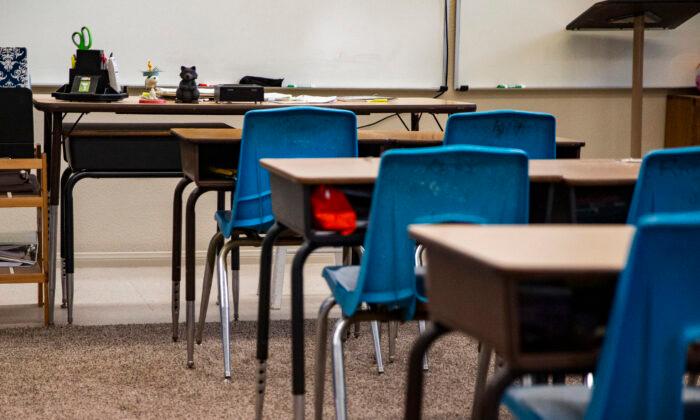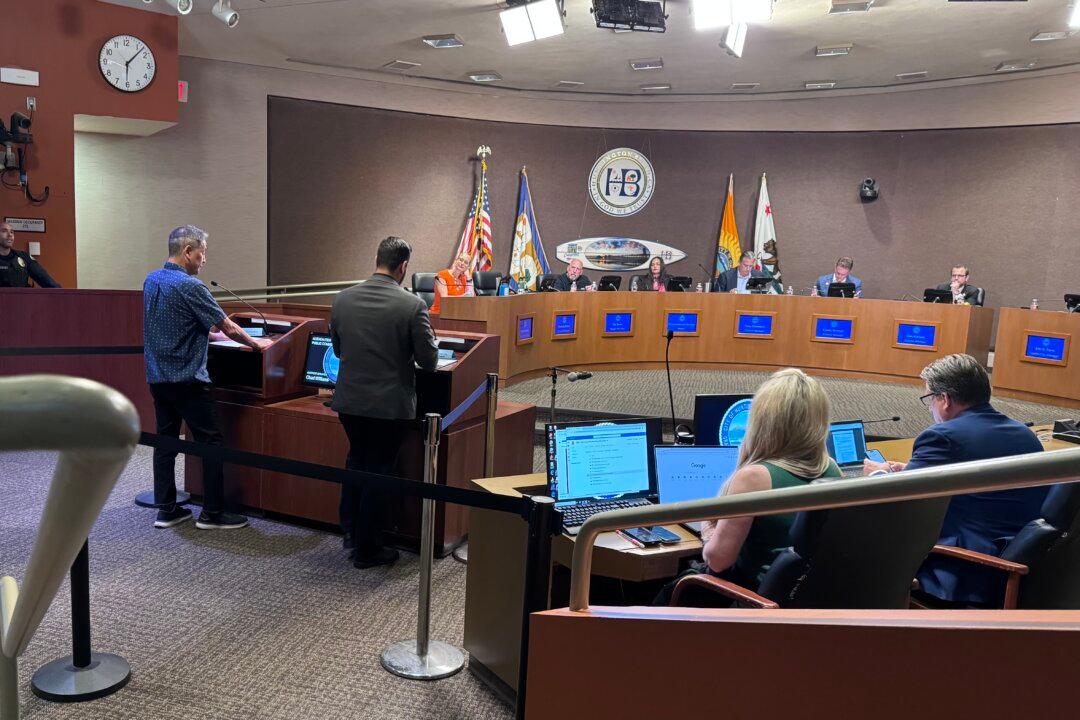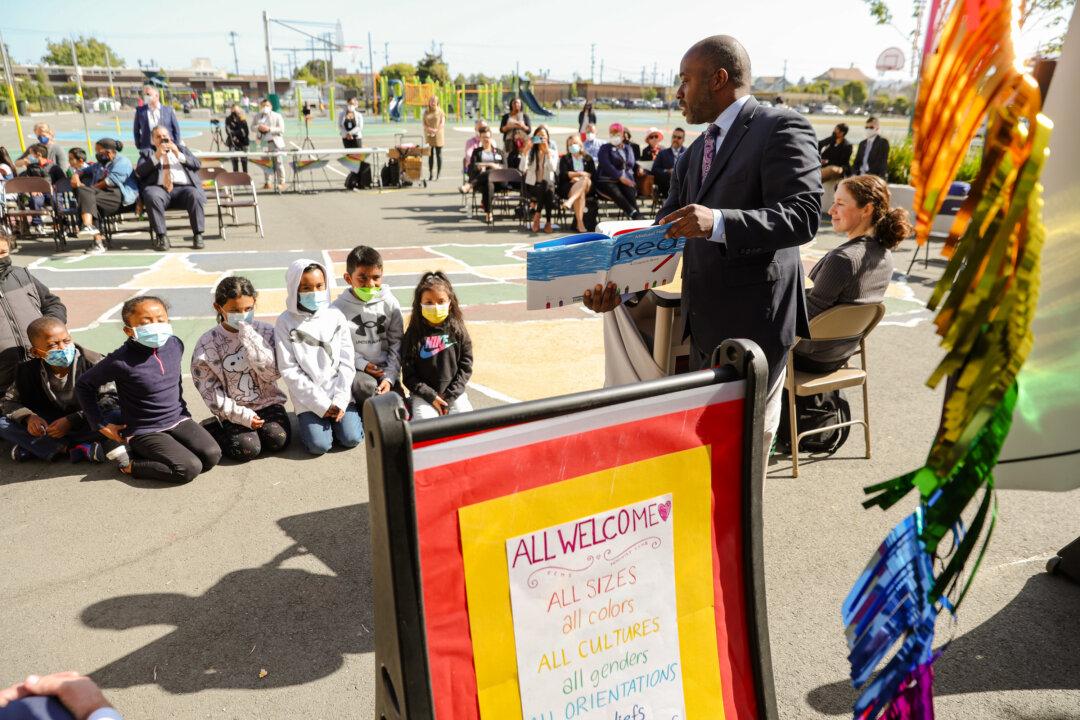California’s public school children continue to struggle academically, reports show, even as the state has spent hundreds of billions of dollars on K–12 education in recent years, and the governor’s budget for the upcoming fiscal year maintains such numbers.

How districts spend state funds is part of the problem, experts say.
Mari Barke, an Orange County Board of Education trustee and education policy expert, said most of the funding given to districts doesn’t go directly to students.
“I believe only about 10 to 15 percent actually goes to educating students,” Barke told The Epoch Times in an email. “Unfortunately, most of the dollars go to administration.”
“Mounting cost pressures may affect school districts’ ability to translate greater funding into improved resources and services for students,” the policy institute report said.
Barke says a lack of merit-based pay in unionized schools has led to undesirable academic outcomes.
“When there is no incentive attached to teacher performance, you don’t always see the best results,” she said. “We have many exceptional teachers in California, but not all of them are putting students first, especially those that are strong union members.”

Barke said she thinks competition can motivate schools to improve academic scores.
“If we allow the money to truly follow [where the student goes] ... I believe our results would be much different,” she said. “We would have schools competing for that money.”
Additionally, Barke said something like an education savings account, which her colleagues at the California Policy Center unsuccessfully proposed in 2021, might drive school competition.
In 2021, the California Policy Center collaborated with the Californians for School Choice coalition to draft a failed ballot initiative allowing parents to opt their children into a state-funded savings account, with more than $10,000 per year to use on the education of their choice—including private, charter, or homeschooling.
Lance Christensen, the center’s vice president of education policy and government affairs, was involved in drafting the ballot initiative. He additionally ran unsuccessfully for state superintendent of public instruction in 2022.
He told The Epoch Times that he thought what really drove student success was parent involvement.
“When parents are involved in their kids’ lives, the [kids] are going to have a better education,” he said.
As such, Christensen said he would like to see the state implement policies that give parents more choice and autonomy over their child’s education.
“Where parents can be more involved ... the student is going to achieve better.”





